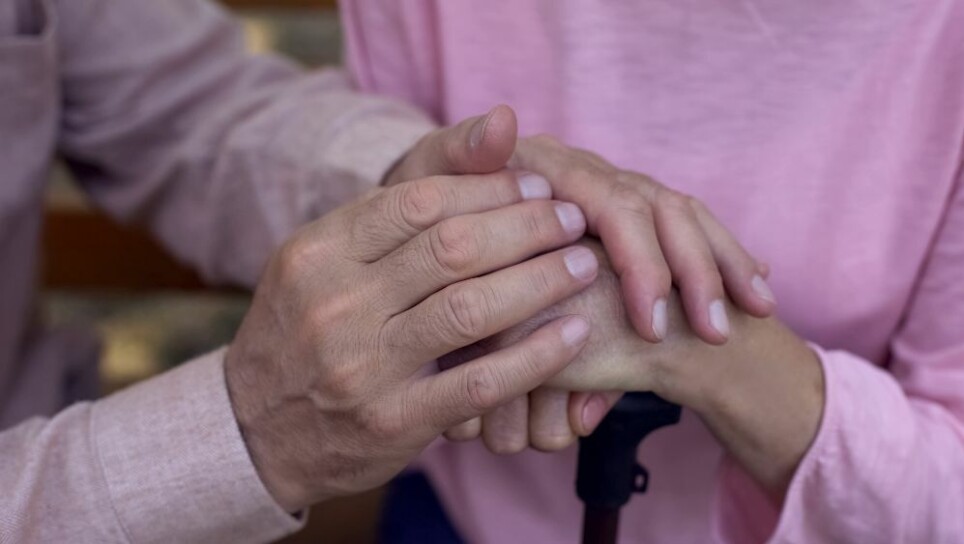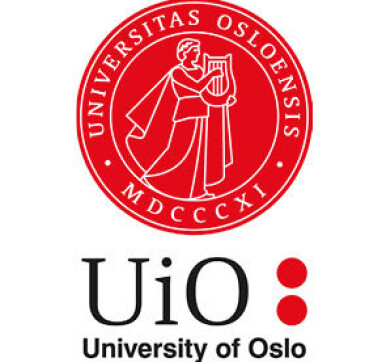THIS ARTICLE/PRESS RELEASE IS PAID FOR AND PRESENTED BY University of Oslo - read more

A geriatric assessment of elderly cancer patients leads to more optimal treatment
A comprehensive assessment of the patient's needs in advance of cancer treatment can improve treatment and lead to more treatment choices for the patients.
Cancer mostly affects older adults over 65 years of age. With the population growing older and living longer than before, the number of elderly cancer patients in need of medical treatment will increase.
However, few 65-year-olds are alike. Some are fit and active, while others are frailer and less able to cope with the hardship of cancer treatment.
“Because older patients are so different at the same age, it is important to map the degree of frailty, or how fit they are, before we start cancer treatment,” Siri Rostoft says.
She is a professor at the Geriatrics Department at the Institute of Clinical Medicine, the University of Oslo (UiO).
“At the same time, it is important not to undertreat the fit older patients either,” she says.
Rostoft and colleagues have published a systematic review on the effect of geriatric assessments of elderly patients with cancer. They found that using such an assessment prior to treatment could alter the treatment plans and make the treatment more patient-centered.
A systematic survey of the patient's situation
A geriatric assessment is a systematic survey that aims to determine the medical conditions, the functional capacity and the social circumstances of elderly patients. The assessment is important in order to give each individual patient the treatment that is most beneficial for him or her.
“We found that the use of a geriatric assessment could alter the type of treatment chosen for the patient. It means that we can tailor the treatment more for each person. In most cases, this meant that the patient received less intensive treatment than originally planned, but in some cases more intensive treatments,” Rostoft says.
The use of a geriatric assessment prior to creating a treatment plan also led to several other interventions for the patients, in addition to the cancer therapy.
“The most common additional interventions were reviewing and adjusting their medications, altering the treatment of other medical diagnoses, providing help with nutrition, and social support,” she says.
Overall, this resulted in fewer serious side effects from the chemotherapy and more patients who completed their cancer treatment, as well as improving the patient-doctor communication.
The patient’s treatment goals
A geriatric assessment consists of several outcome measures.
“We examine the level of functioning in the patient’s daily life and whether they can manage themselves. We also look at mobility, such as balance and walking speed, whether they have other diagnoses apart from cancer, which medications they are on and what their diet looks like,” Rostoft explains. “Furthermore, we look at the patient's cognitive function, emotional function and their social network."
They also discuss the patient's goals and priorities when it comes to their treatment plan.
“Do they primarily want to avoid side effects, or relieve symptoms from the tumor? Do they want life-prolonging treatment at any cost, or is it more important for them to be able to function well in their daily life?” she asks.
Strengths and weaknesses before starting treatment
Based on this assessment, the doctors get an overview of what the patient's strengths are, and which factors may pose a risk to the patient regarding treatment.
“Then we can consider how well a patient will tolerate the treatment and come up with suggestions for optimisation before and during treatment. Examples could be dietary advice and exercise before surgery or extra supervision from a home nurse during treatment with chemotherapy, if the patient turns out to have poor cognitive functioning,” Rostoft explains.
She emphasises that it is particularly important to detect cognitive impairment in patients, which is when a person's ability to think and perform mental processes is reduced.
“Cognitive impairment is very frequent in our oldest patients. We know, for example, that approximately 50 per cent of people aged 90 and over in Norway have dementia,” she says.
Severe frailty increases the risk of side effects
According to Rostoft, the elderly patients, and especially those who live with a severe degree of frailty, have an increased risk of serious side effects from cancer treatment. Malnutrition, the risk of falling, as well as cognitive impairment and frailty, also increase with age.
“It is particularly important to assess these patients systematically, before they are given standardised treatment plans,” she says.
The assessment of frailty is usually not considered when planning for the treatment of older cancer patients, previous research shows.
“The age of the patient alone gives us little information when we are choosing the right treatment for elderly patients with a cancer diagnosis,” she says.
Lack of elderly cancer patients in previous clinical trials
Guidelines used in cancer treatment today are based on results from clinical studies. However, it is well documented that elderly patients are rarely included in these studies.
“This is important because it means that the research base is slim for this patient group, especially the elderly who live with frailty. With less clinical evidence, the usefulness of the treatment becomes more uncertain,” explains Rostoft.
The Professor would like to see a better representation of elderly cancer patients in new clinical studies and in other research.
“We need additional randomised controlled trials that look at the effect of a geriatric assessment and various interventions in connection with cancer treatment,” she says. “Preferably, clinical trials that look at both level of functioning and quality of life, two aspects that are important for elderly patients.”
Large European project on the treatment of elderly cancer patients
Rostoft is part of the GerOnTe study, a project financed by the EU's Horizon 2020 programme, representing Oslo University Hospital. The project is a large European collaboration that aims to improve the course of treatment for elderly patients with cancer.
Many patients also have other diagnoses in addition to their cancer diagnosis.
“The specialist health service is built around individual disease groups. Patients with several diagnoses may therefore experience poorly coordinated treatment that lack continuity,” she says. “The aim of GerOnTe is to improve the course of treatment for elderly patients with cancer by putting the patient at the center and gathering specialists in a team coordinated by a specialist nurse."
Reference:
Hamaker et al. Geriatric assessment in the management of older patients with cancer – A systematic review (update). Journal of Geriatric Oncology, 2022. DOI: 10.1016/j.jgo.2022.04.008

This article/press release is paid for and presented by the University of Oslo
This content is created by the University of Oslo's communication staff, who use this platform to communicate science and share results from research with the public. The University of Oslo is one of more than 80 owners of ScienceNorway.no. Read more here.
See more content from the University of Oslo:
-
A researcher has listened to 480 versions of Hitler's favourite music. This is what he found
-
Researcher: "AI weakens our judgement"
-
New, worrying trend among incels, according to researcher
-
Ship’s logs have shaped our understanding of the sea
-
New study: The dilemma of copyright in the Global South
-
How your lifestyle affects your risk of bowel cancer





































